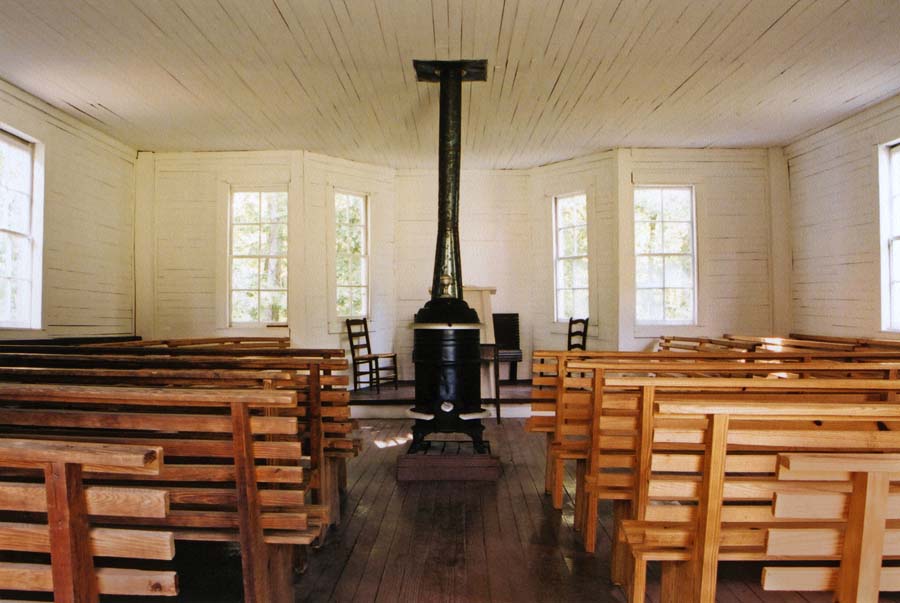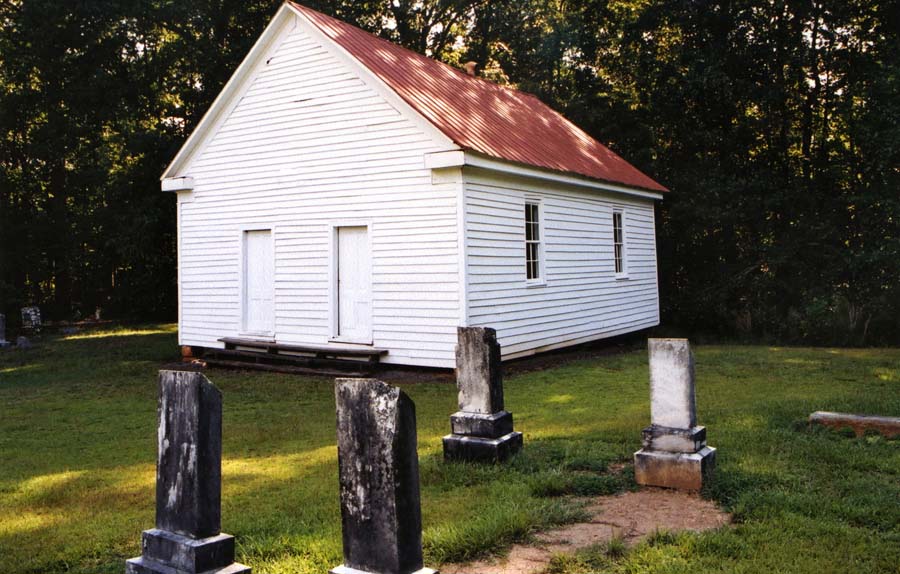February 18-19 I got to return to my mother's family farm, outside Ellerbe, North Carolina, for her memorial service. I'd driven past it a number of times in the last century, but as the house my grandfather Lindsay Comer built in 1920 was occupied by tenants, I didn't feel able to go wandering about.

So this past weekend was my first visit since a mid-90s luncheon at the cabin one of my uncles built there, and my first extended visit in fifty.
It was nice to be able to walk around and re-fix memories visually in my mind. I have doubts I will be back in this life.
When you cross the Pee Dee River near Rockingham, the soil changes from red Piedmont clay to beach sand. 20 million years ago, my mother's family farm was beachfront property.
To Scots immigrants from the Hebrides, the fast-draining, nutrient-starved soil at least grew trees, so it looked a sight more attractive than the grass-covered rocks from which they came. So there they settled, and have scratched out a living ever since.
This is the little farmhouse my grandfather built and that was like a second home to me as a child. My grandparents raised seven boys and one girl there. My mother was the girl- the last but one of the lot. My sisters and I are the only cousins who do not share the family surname.
The gnarled light-trunked trees are catalpas. My grandfather planted those down the sandy road to Highway 220. Catalpas are interesting specimens, as Wikipedia notes:
Mostly deciduous trees, they typically grow to 12–18 metres (39–59 ft) tall and 6–12 metres (20–39 ft) wide. A 10-year-old sapling stands about 6 metres (20 ft) tall. They can be recognized by their large, heart-shaped to three-lobed leaves, showy white or yellow flowers in broad panicles. In the autumn they bear 20–50 centimetres (7.9–19.7 in) long fruits that resemble a slender bean pod full of small flat seeds, each with two thin wings to aid in wind dispersal. Because of the leaves, they are sometimes confused with the tung tree (Vernicia fordii) in the southern U.S., or the invasive Paulownia tomentosa from China.
Due to their large leaf size, catalpas are a popular habitat for many birds, providing them good shelter from rain and wind. These trees have few limb droppage, but drop large dark-brown bean pods during late summer. The wood of catalpas is quite soft.
Catalpas begin flowering after roughly 3 years, and produce seed pods after approximately 5 years.

The tree is the sole source of food for the catalpa sphinx moth (Ceratomia catalpae), the leaves being eaten by the caterpillars. When caterpillars are numerous, infested trees may be completely defoliated. Defoliated catalpas produce new leaves readily, but with multiple generations occurring, new foliage may be consumed by subsequent broods. Severe defoliation over several consecutive years can cause death of trees. Because the caterpillars are an excellent live bait for fishing, some dedicated anglers plant catalpa mini-orchards for their own private source of "catawba-worms", particularly in the southern states.In the worms' off-season, I worked on the art of tree climbing in the catalpas:
My grandparents collected the worms from these trees. They were keen bait anglers in the two ponds my grandfather created down the hill behind the outbuildings in a natural catchment basin:
If you know where to look on the front parlor chimney, on the side of the porch, you can see where my uncles signed their names in the 1920s and '30s. They will likely be lost when the house is demolished. A cousin who has inherited the property is going to build a home on the site.
This is one of the two remaining original outbuildings that once ringed a circular drive behind the house. It's a tobacco barn, where the harvested leaves were hung and cured. The others were torn down when the farm stopped growing tobacco long ago; they were at best temporary structures in the first place. The old first growth pine planks used to build them were salvaged, though, and make up the interior walls of my late Uncle Joe's weekend cabin, which lies beyond this barn and down a steep slope.
It's rolling pine forest, the farm. My grandfather was a logger and built all the buildings there from trees on the land. As he cleared it, he moved into cotton, tobacco, corn, and, eventually, chickens in vast barns now long gone.
Having nothing to do- all the arrangments for the service were made by my sisters- I went for a long walk down some of the old logging roads leading back into the forest.
One old tree I remembered is long dead, but still giving a home to woodpeckers:
I couldn't find the hulk of my late Uncle Jack's 1932 Ford; he rolled it down in the woods in the '50s when it finally died. But you can still find other farm gear being slowly reclaimed by the forest.
All of my photos from my childhood at the farm are gone, thrown out by my family. So I gathered some souvenirs: two of the big longleaf pine cones people not from the Sandhills don't believe exist, and a jar of the sandy soil my mother's family looked at in 1737 and said, "we settle here."
My mother's ashes, I am told, go to the family plot at Mount Carmel Presbyterian Church, founded by her ancestors in 1776. It is a tiny, rural, dying congregation, and eventually, the forest will take us all back, too.

In the background you can see the restored "old church" that was used until the 1940s.























No comments:
Post a Comment